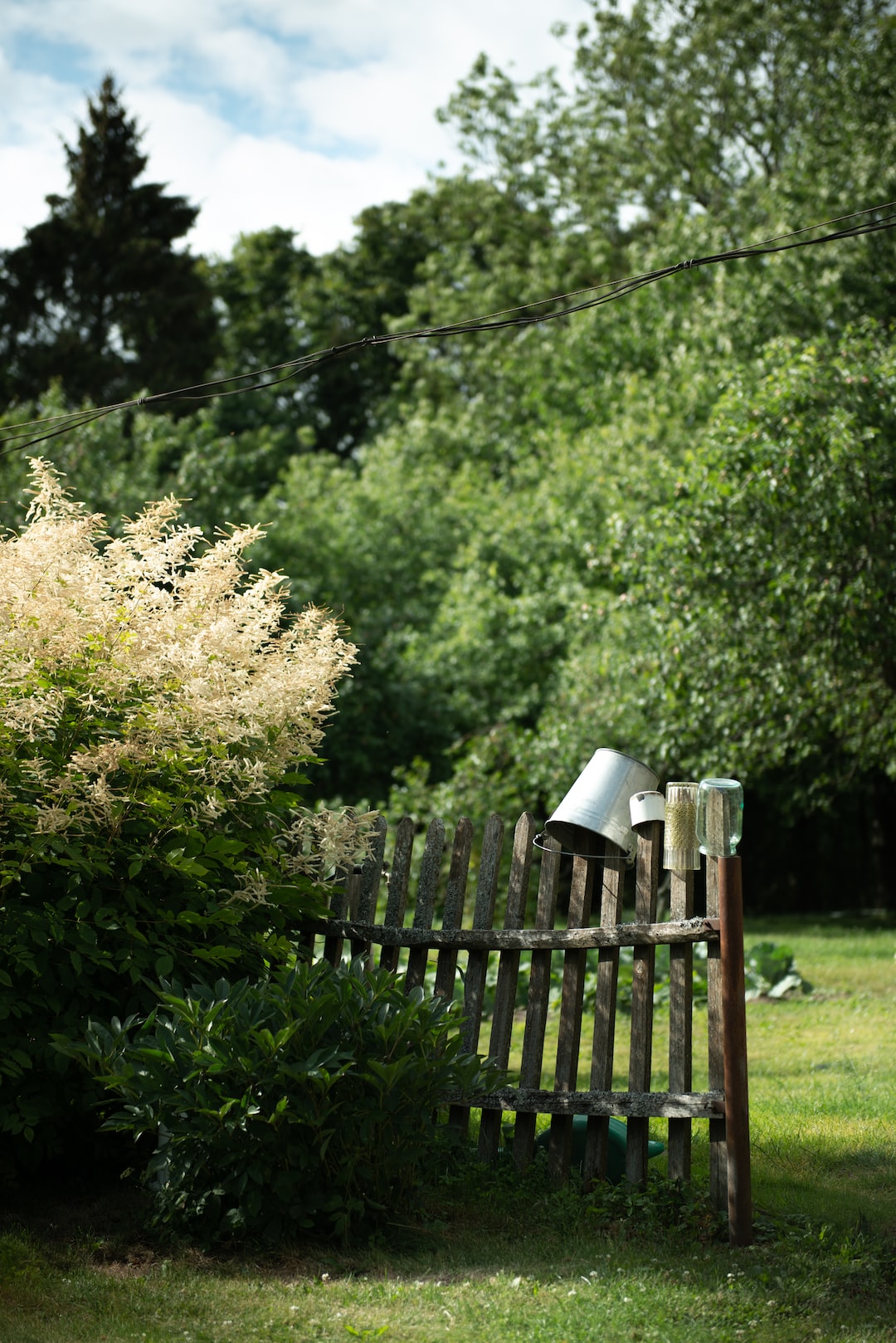7 Beginner-Friendly Houseplants That Thrive in Low Light
Adding some greenery to your home can instantly bring life and beauty to any space. However, not all of us are blessed with rooms filled with natural sunlight, making it challenging to find houseplants that can survive in low light conditions. Fortunately, several beginner-friendly plants thrive even in the dimmest corners of your home. Here are seven recommendations:
1. Snake Plant (Sansevieria): Known for its striking vertical leaves, the snake plant can tolerate both low and bright light conditions. It is an excellent air purifier, removing toxins from the air while requiring minimal care.
2. ZZ Plant (Zamioculcas zamiifolia): The ZZ plant is a highly resilient option that can thrive in low light with infrequent watering. Its shiny, dark green leaves add a modern touch to any room.
3. Pothos (Epipremnum aureum): Pothos is a popular choice for beginners due to its adaptability and low maintenance requirements. With heart-shaped leaves cascading down the stems, it can thrive in both low and bright light conditions.
4. Chinese Evergreen (Aglaonema): This houseplant is known for its lush, variegated foliage that can grow well even in low light conditions. Regular watering and occasional fertilization will keep it healthy and vibrant.
5. Peace Lily (Spathiphyllum): The peace lily is not only aesthetically pleasing but also serves as an excellent natural air purifier. It can tolerate low light, although it may bloom more frequently with bright indirect light.
6. Cast Iron Plant (Aspidistra elatior): True to its name, the cast iron plant is one of the toughest houseplants out there. It can survive in low light and neglect, making it ideal for those who tend to forget watering schedules.
7. Dracaena (Dracaena spp.): With its various leaf varieties, the dracaena can add texture and visual interest to any room. It thrives in low to medium light, making it suitable for those darker corners in your home.
When caring for houseplants in low light conditions, it is crucial to adjust your watering and fertilizing routines accordingly. Since plants receive less light, they will require less water and nutrients to thrive. Always check the moisture level of the soil before watering, ensuring it is slightly damp but not completely saturated.
Additionally, regular dusting of the leaves with a damp cloth or a gentle spritz with water will help ensure your plants can efficiently absorb the limited light available. Pruning any dead or yellowing leaves will also help the plant direct its energy towards healthy growth.
Remember that despite their adaptability, all houseplants require some level of light to survive. If you find that your low light conditions are too extreme, consider supplementing with artificial grow lights to ensure your plants receive the necessary light they need to thrive.
In conclusion, finding houseplants that can survive and thrive in low light conditions is not as challenging as it seems. With the right choices and a little care, you can enjoy the beauty and benefits of greenery in every corner of your home.

